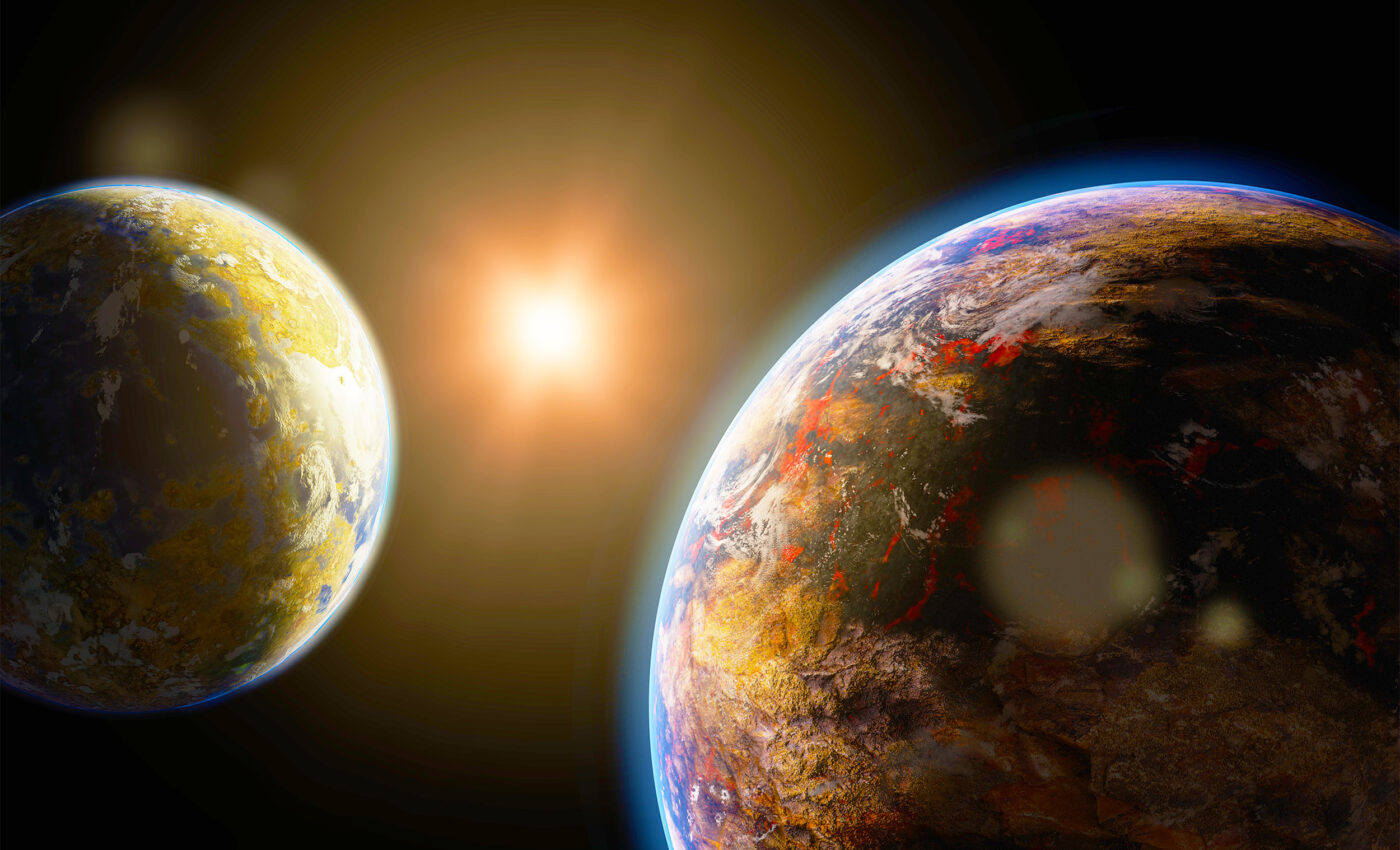
TRAPPIST-1 has seven Earth-like planets that may support life
When the Transiting Planets and Planetesimals Small Telescope (TRAPPIST) at Chile’s La Silla Observatory unveiled two rocky planets in the TRAPPIST-1 solar system in 2016, it marked the beginning of a significant astronomical discovery. Further scrutiny in 2017 added five more planets to this tally.
The excitement around this discovery was not just about the number of planets but their potential to harbor liquid water — up to four of these planets are ideally situated from their star to support this life-sustaining liquid.
TRAPPIST-1’s habitability
The interest in TRAPPIST-1 has hardly waned, as the presence of seven Earth-like planets within a single system presents a rare opportunity to explore numerous questions concerning the habitability of exoplanets.
These planets orbit a red dwarf star, known for its powerful flares, which raises crucial questions about the ability of such stars to sustain planetary atmospheres.
Recent research, which will appear in the Planetary Science Journal and is currently accessible via the preprint server arXiv, delves into these concerns.
The study, titled “The Implications of Thermal Hydrodynamic Atmospheric Escape on the TRAPPIST-1 Planets,” was spearheaded by Megan Gialluca, a graduate student in the Astronomy and Astrobiology Program at the University of Washington.
Challenges of M dwarfs
M dwarfs, such as TRAPPIST-1, are the most common type of star in the Milky Way. They frequently host terrestrial planets, making them a focal point for the search for habitable worlds. Despite their abundance, M dwarfs present significant challenges for the habitability of their surrounding planets.
One major issue is that M dwarfs emit powerful flares. These flares can dramatically increase the star’s brightness within minutes, which can strip away planetary atmospheres or alter their composition.
Another challenge is the location of TRAPPIST-1 systems habitable zones. These zones are so close to the star that planets within them are likely to be tidally locked.
Tidal locking means one side of the planet always faces the star, experiencing continual daylight and heat, while the other side remains in perpetual darkness and cold. This can create extreme atmospheric conditions, making it difficult for life as we know it to thrive.
Observational tools
The ability to study such phenomena is crucial. “As M dwarfs are the most common stars in our local stellar neighborhood, whether their planetary systems can harbor life is a key question in astrobiology that may be amenable to observational tests in the near term,” the researchers explain.
They note the potential of the James Webb Space Telescope (JWST) to provide detailed atmospheric characterizations. Additionally, future telescopes like the European Extremely Large Telescope and the Giant Magellan Telescope are expected to advance our understanding of TRAPPIST-1 system.
Implications for habitability
The research conducted simulations of early atmospheres for each TRAPPIST-1 planet, considering various initial water amounts and levels of stellar radiation.
The findings suggest a grim outlook for the planets closest to the star, with likely desiccation occurring unless they began with exceptionally high water contents.
Conversely, the outer planets, specifically T1-e, f, g, and h, show potential for retaining some of their water, making them particularly intriguing subjects for further study due to their placement within the habitable zone.
The team’s simulations reveal, “We find the interior planets T1-b, c, and d are likely desiccated for all but the largest initial water contents (>60, 50, and 30 TO, respectively) and are at the greatest risk of complete atmospheric loss due to their proximity to the host star.”
Despite the bleak outlook for these inner planets, there’s a silver lining for T1-c, which could retain significant atmospheric oxygen, a potential indicator of biological processes.
Search for life in TRAPPIST-1
The TRAPPIST-1 system continues to be a high-priority target for observations, which are crucial to understanding the potential for life on these distant worlds.
“These conclusions motivate follow-up observations to search for the presence of water vapor or oxygen on T1-c and future observations of the outer planets in the TRAPPIST-1 system, which may possess substantial water,” conclude the authors.
Through these continued efforts, we may soon discover whether these distant planets could indeed support life, bringing us closer to answering the profound question of our solitude or company in the universe.
The full study was published in the journal The Planetary Science Journal.
—–
Like what you read? Subscribe to our newsletter for engaging articles, exclusive content, and the latest updates.
Check us out on EarthSnap, a free app brought to you by Eric Ralls and Earth.com.
—–













